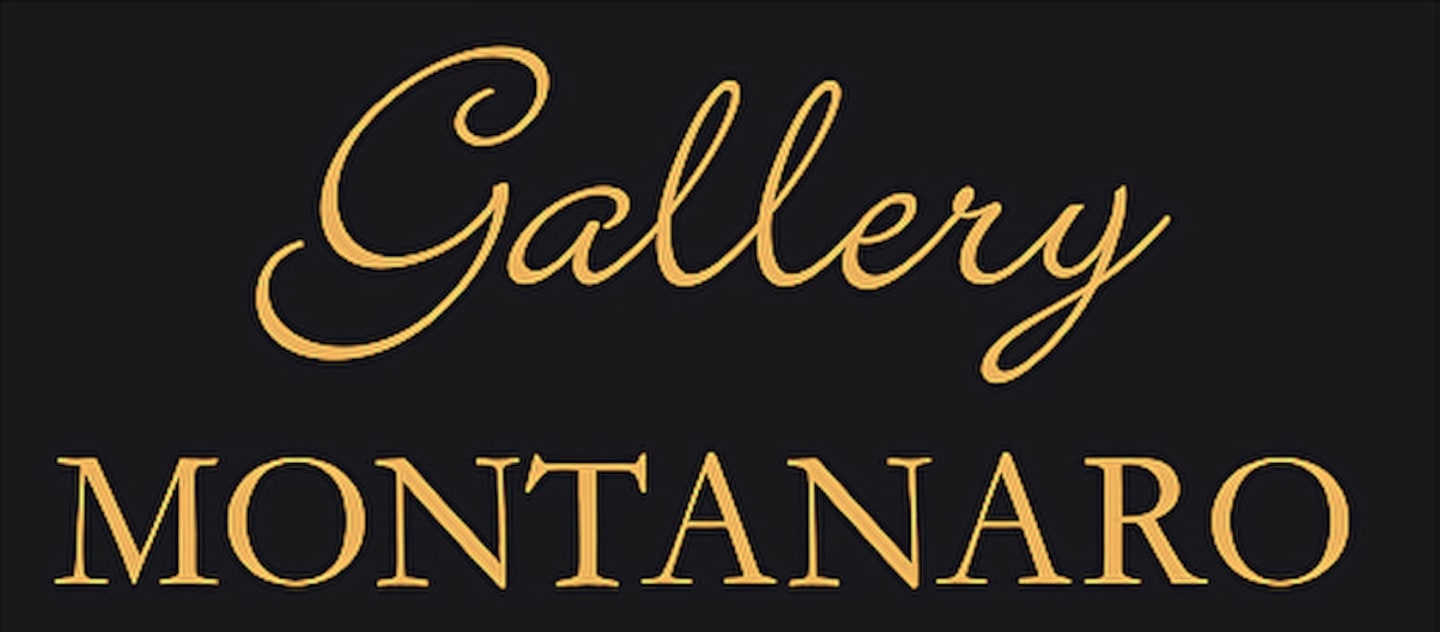Bernard Chaet (1924-2012)
Bernard Chaet (1924–2012) was a major figure in 20th-century American painting, known for his expressive handling of light, color, and coastal form. Born in Boston and trained at the School of the Museum of Fine Arts, he studied under Karl Zerbe before earning his degree from Tufts University. Chaet joined the Yale University Art Department in 1951, where he taught painting and drawing for nearly forty years and profoundly influenced generations of artists as the William Leffingwell Professor of Painting.
Chaet’s paintings reveal a balance of modernist geometry and lyrical expression—combining structure inspired by Cézanne with the emotional vigor of the Boston Expressionists. His work encompasses still lifes, interiors, and seascapes, though it was the Cape Ann coastline—particularly Rockport and Gloucester—that became his enduring muse. Beginning in the 1950s, Chaet spent summers on Cape Ann, later residing there for much of each year. The region’s dramatic rock formations, shifting skies, and luminous Atlantic light became central to his mature work, linking him to Cape Ann’s storied lineage of painters such as Aldro T. Hibbard, Emile Gruppe, and Anthony Thieme.
His textbook The Art of Drawing (1970) remains an essential reference for artists and educators. Chaet’s paintings are represented in the Metropolitan Museum of Art, Museum of Fine Arts Boston, Art Institute of Chicago, and the Smithsonian American Art Museum. His contributions were celebrated in the Cape Ann Museum’s 2014 exhibition Bernard Chaet: Views from Rockport, highlighting the profound influence of Cape Ann on his artistic vision.
Chaet passed away in New Haven, Connecticut, in 2012. His art continues to embody the spirited dialogue between New England realism and modern expressionism, rooted deeply in the visual poetry of Cape Ann.
(Approx. 300–350 words — ideal for ArtLogic’s “Full Biography” field; includes SEO-weighted phrases such as “Cape Ann,” “Rockport,” “Gloucester,” “American painter,” and “paintings for sale.”)
Bernard Chaet (1924–2012) was an influential American painter, teacher, and author whose career bridged the Boston Expressionist tradition and the modernist innovations of the mid-20th century. Born in Boston, Massachusetts, Chaet studied at the School of the Museum of Fine Arts under Karl Zerbe and earned his B.A. from Tufts University.
In 1951, Chaet joined the Yale University Art Department, where he taught painting and drawing for nearly forty years—eventually serving as the William Leffingwell Professor of Painting. His textbook The Art of Drawing (1970) and An Artist’s Notebook (1979) remain key references in art education.
From the early 1950s onward, Cape Ann became central to Chaet’s artistic vision. Summers spent in Gloucester and Rockport inspired decades of vibrant coastal landscapes—paintings that captured the shifting light, granite forms, and weathered rhythm of the North Shore. In his later years, Chaet divided his time between New Haven and Cape Ann, painting directly from the local shoreline and continuing a tradition established by earlier artists such as Marsden Hartley and Stuart Davis.
His work can be found in major museum collections including the Metropolitan Museum of Art, the Museum of Fine Arts Boston, the Art Institute of Chicago, and the Smithsonian American Art Museum. The Cape Ann Museum’s 2014 retrospective, Bernard Chaet: Views from Rockport, celebrated his enduring connection to the region.
Through his teaching, writing, and deeply personal paintings, Bernard Chaet secured a legacy as one of New England’s most respected modern painters—and one of the 20th century’s key interpreters of Cape Ann’s light and landscape.


